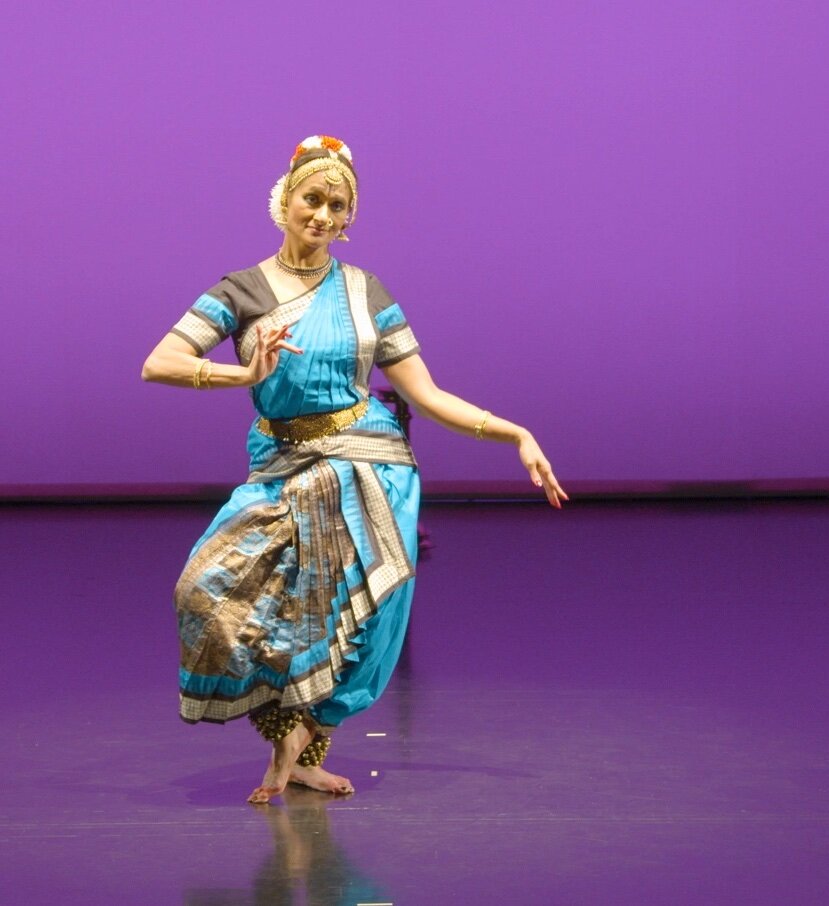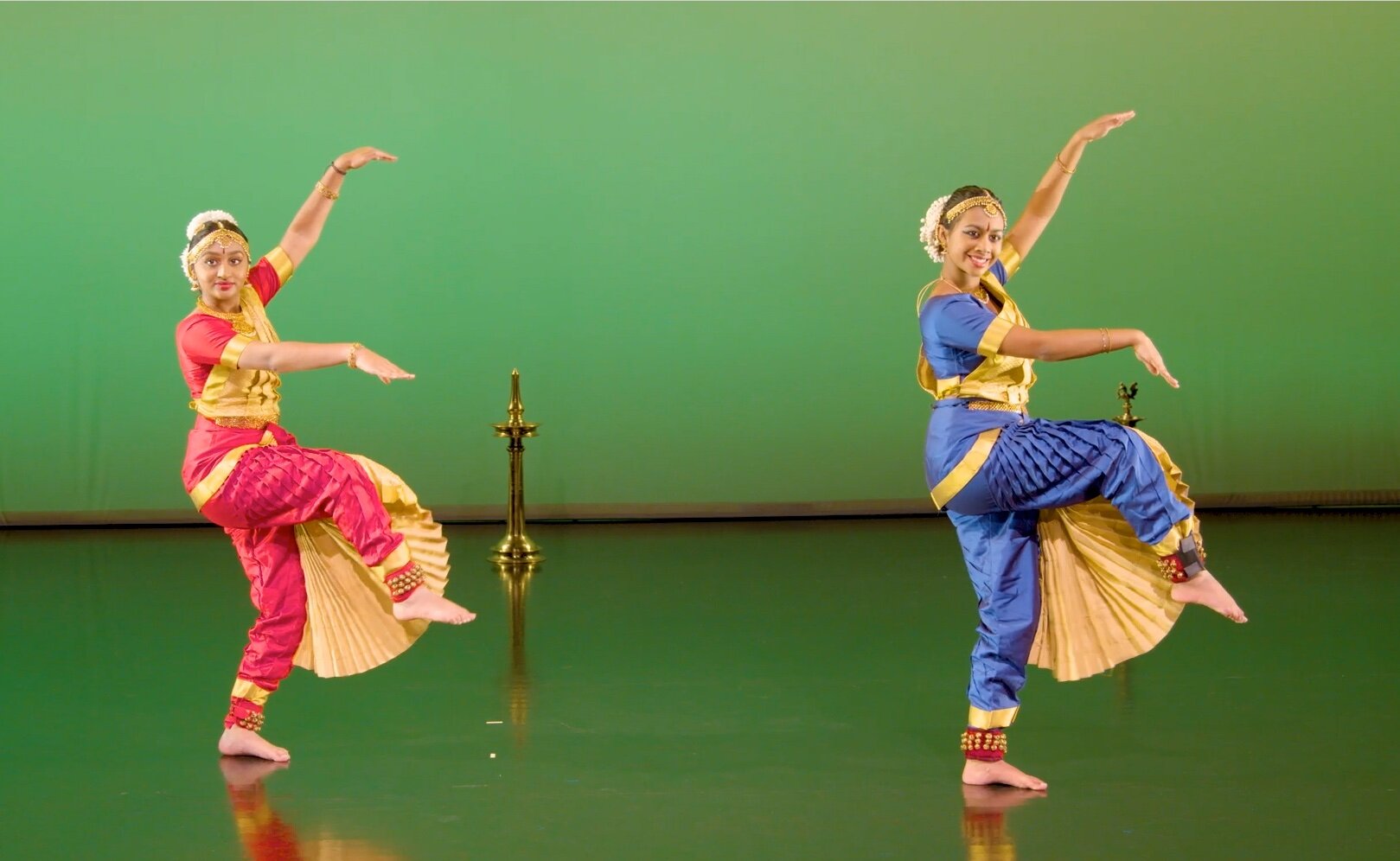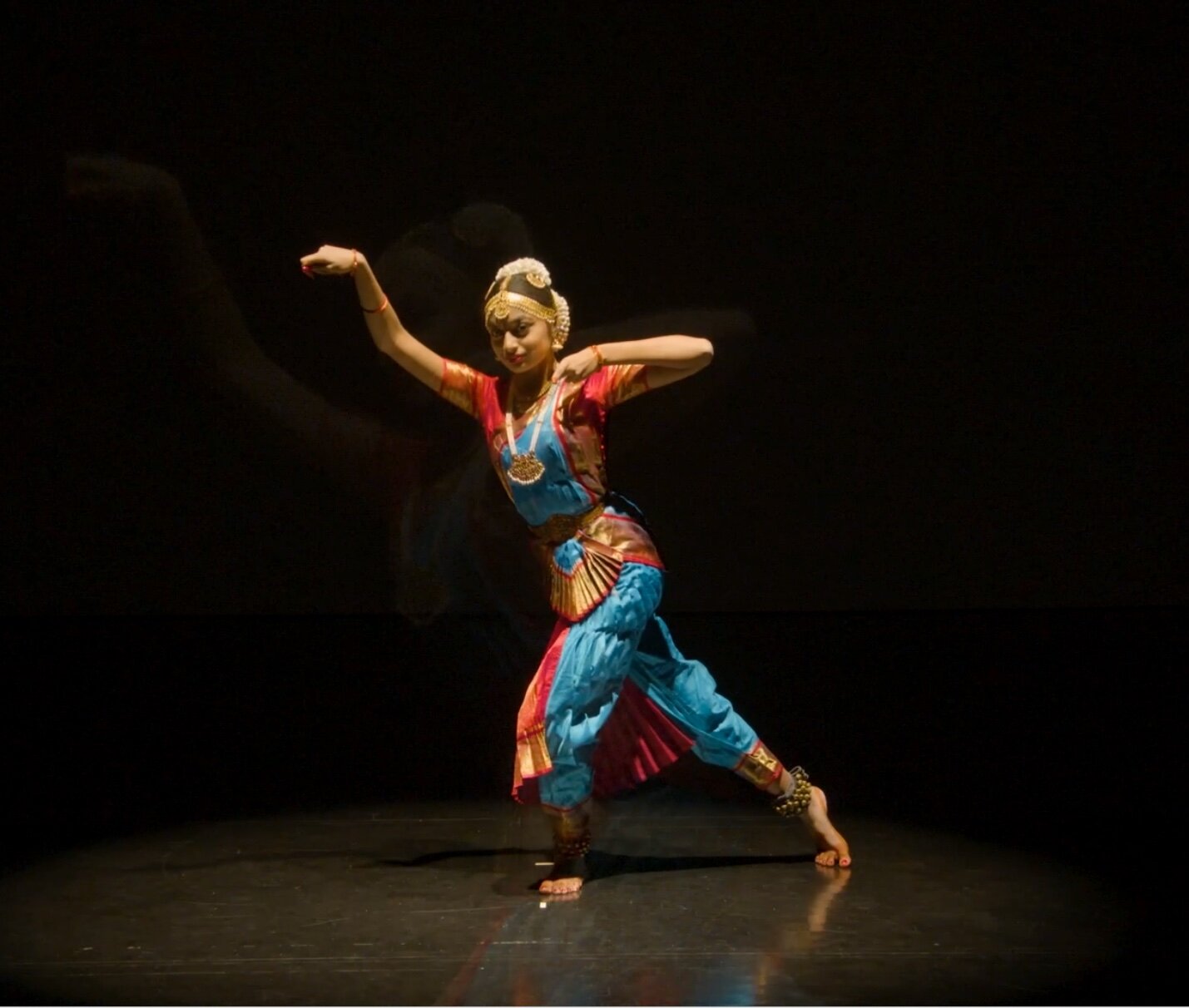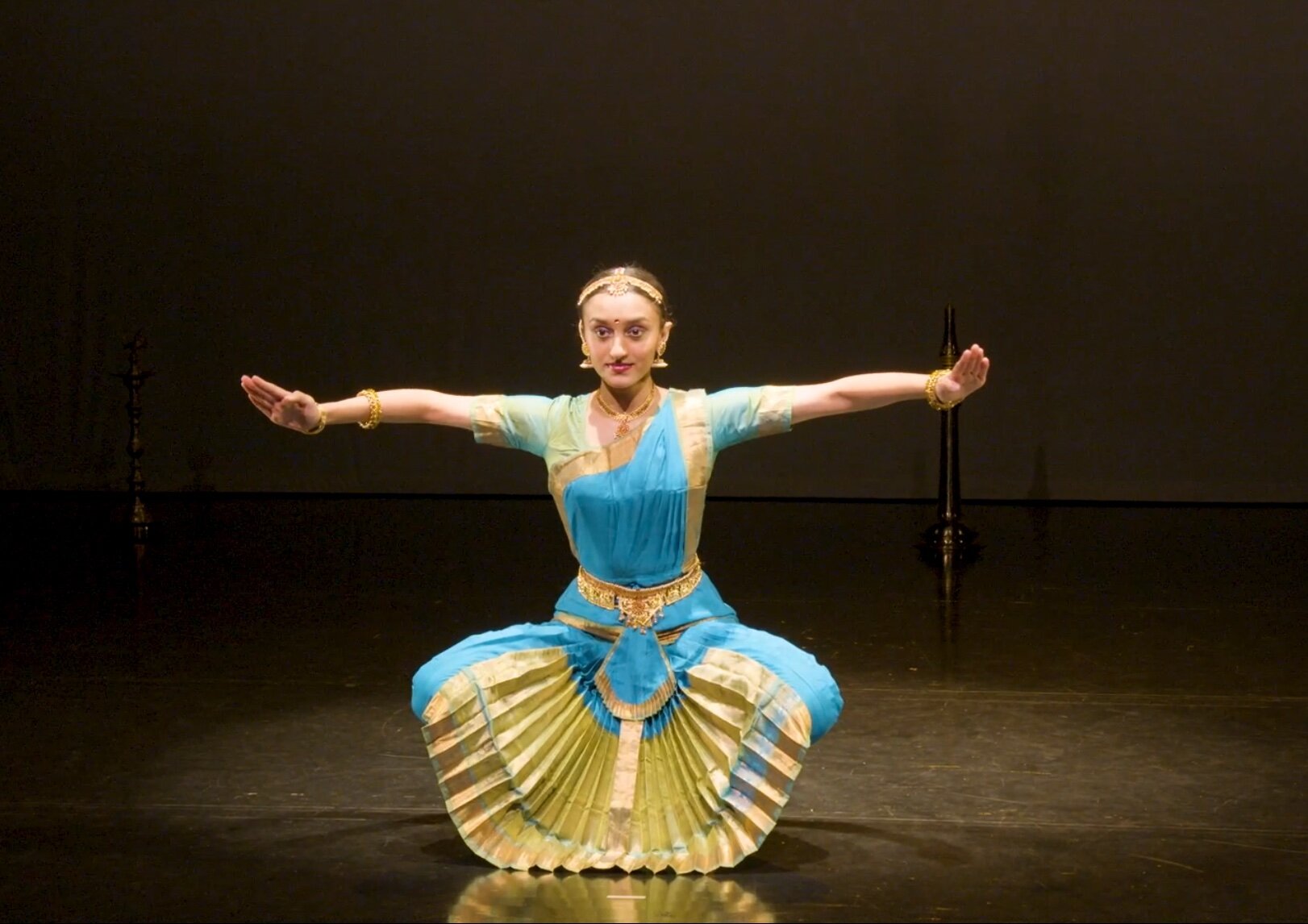Turtles are homed wherever they go. But the desert turtle is also subject to the particular rigors of its environs: water is tight, the vistas are endless, and the temperatures, dramatic. Mitsu Salmon’s recent Butoh workshop, held virtually through Rogers Art Loft in Las Vegas, led participants through an exploration of the contained body in interaction with their environment via vivid guided imagery. Salmon’s culminating performance, Desert Turtle, investigated her family history as a conduit mediating self and place. The literal resonance and waves of windswept field recordings along with looping speech and song scored an ebb and flow of abstracted movement and direct narration. Desert Turtle was filmed in the Mojave desert and edited to represent varying degrees of surreality.
Photos by Amelia Charter.
Such a sere backdrop invites an equally dry wit: Mitsu welcomes audience members from an outdoor stage. (Those who have made it there, as many have not). The widening frame reveals empty rows; of course, we can’t have live shows during a pandemic. But you wouldn’t have made it there anyway — it’s the Mojave Desert. It’s off-road aways outside of Barstow, where Mitsu’s mother emigrated at a young age in the sixties with her family from Yokohama, Japan. She arrived to a strikingly singular landscape, yet its expansiveness made her feel a part of everything. This is an experience Mitsu is both stepping into and generously expressing, and interrogating from the outside in this performance. In the opening vignette Mitsu edited her moving figure as alternately present in, and absent from, the same scene, with the attendant sonic field equipment establishing her as a researcher: observing, recording, and synthesizing. Her colorful clothes stand out against the muted bichrome of desert and sky. She relayed after the performance that most of her costume pieces were chosen for that reason, but some, including a kimono of her mother’s and a jacket of her grandmother’s, are tied to family. The addition of sunglasses is somewhat like the turtle shell — a functional adaptation that also happens to provide self-containment and cool.
Mitsu also treats the geology and biota of the Mojave. She speaks to the prevalence of the creosote bush while immersed in its ecosystem, then enters into the film’s single structure. Inside, we are offered either creosote tea or shade-grown matcha, from a table set with an antique turtle teapot atop a tablecloth of moving footage of desert scenery. She muses on the plants’ shaded growth, and the shadows of atomic testing. For participants of the accompanying workshop (such as myself), this might recall the growth and death cycles of plants enacted in week two, or the animal adversity of the fourth and final week. The quality of Mitsu’s delivery in Desert Turtle is measured precision and mastery — in its language, movement, and soundscape — while acceding to the structural meanderings of non-linear narrative. This mirrors her approach to leading the workshop: the rich specificity of imagery and choices, and the freedom, time, and guidance to engage them fully and follow where they go.
The final scene of Desert Turtle was transporting. An ethereal, textured song of layered voice brings the original sound work back to the fore. The film is cropped in closer on the dance and overlays a moving track of desertscape. This centers the intricacies of Mitsu’s dancing and inverts the foregoing relationship of movement to the natural expanse, in both plane and scale. I believe the last song, dance, and film could each be perfectly enjoyed and appreciated independently, but they beautifully coalesce at the end of Desert Turtle. The work presents the viewer with many memorable quips and stories, poignant ephemera like family photos and clothing, and vivid images. By the final scene, you are feeling very full, and then it is only full of feeling. It is primarily an emotional upwelling, buoyed on the beautifully voiced layers of sound; while you revel in that, the many things you wish to hold on to from the performance get to quietly sink in.
Nora Price is a Milwaukee native living and working in Salt Lake City. She can be seen performing with Durian Durian, an art band that combines post-punk music and contemporary dance. Catch Nora’s classes and performances this spring through loveDANCEmore.













